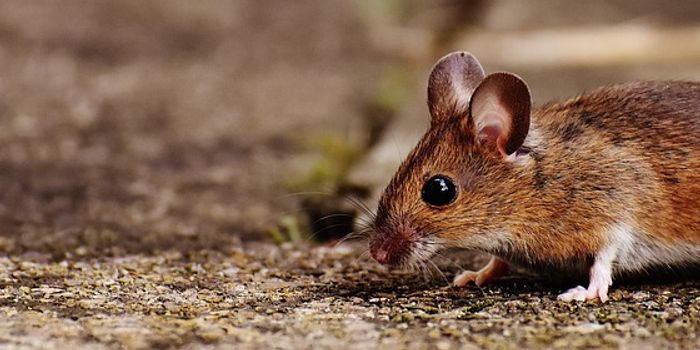Critically Endangered Indochinese Tigers Appear to be Breeding
Recent sightings of an elusive population of Indochinese Tiger cubs in Thailand are now prompting excitement from conservationists.
Image Credit: AFP
It’s estimated that there are fewer than 250 Indochinese Tigers in the wild today, all of which come from both Myanmar and Thailand. This figure came about as a result of habitat loss from land development and relentless animal poaching, as the hides of these creatures are considered quite valuable,
According to conservationists, these creatures are not often seen due to their low population count. Nevertheless, Thailand’s Department of National Parks, Wildlife and Plant Conservation announced that a small population of new tiger cubs was captured via camera traps, suggesting that they are breeding in some of the national forests of Thailand.
“The stepping up of anti-poaching patrols and law enforcement efforts in this area have played a pivotal role in conserving the tiger population by ensuring a safe environment for them to breed,” said Songtam Suksawang, director of Thailand’s national parks. “However, we must remain vigilant and continue these efforts, because well-armed poachers still pose a major threat.”
Indochinese Tigers once existed in many other regions of Asia, including Cambodia, China, Laos, and even Vietnam, but today, those populations are thought to have went extinct.
Since they only remain in Myanmar and Thailand today, conservationists are focusing their anti-poaching efforts in these regions with the hope that the added efforts will provide enough of a sanctuary for the animal to rebound, despite all the damage poaching has inflicted on the species over the years.
Perhaps with just a little more effort, experts can hope to double the current population estimate within just a few more years. Animal conservation is a constant struggle, and unfortunately, poachers tend to be very sneaky, as well as armed with the tools to perform evil tasks.
For now, conservationists are keeping one eye open while they sleep with some of the most advanced hidden camera traps:
Source: TIME









